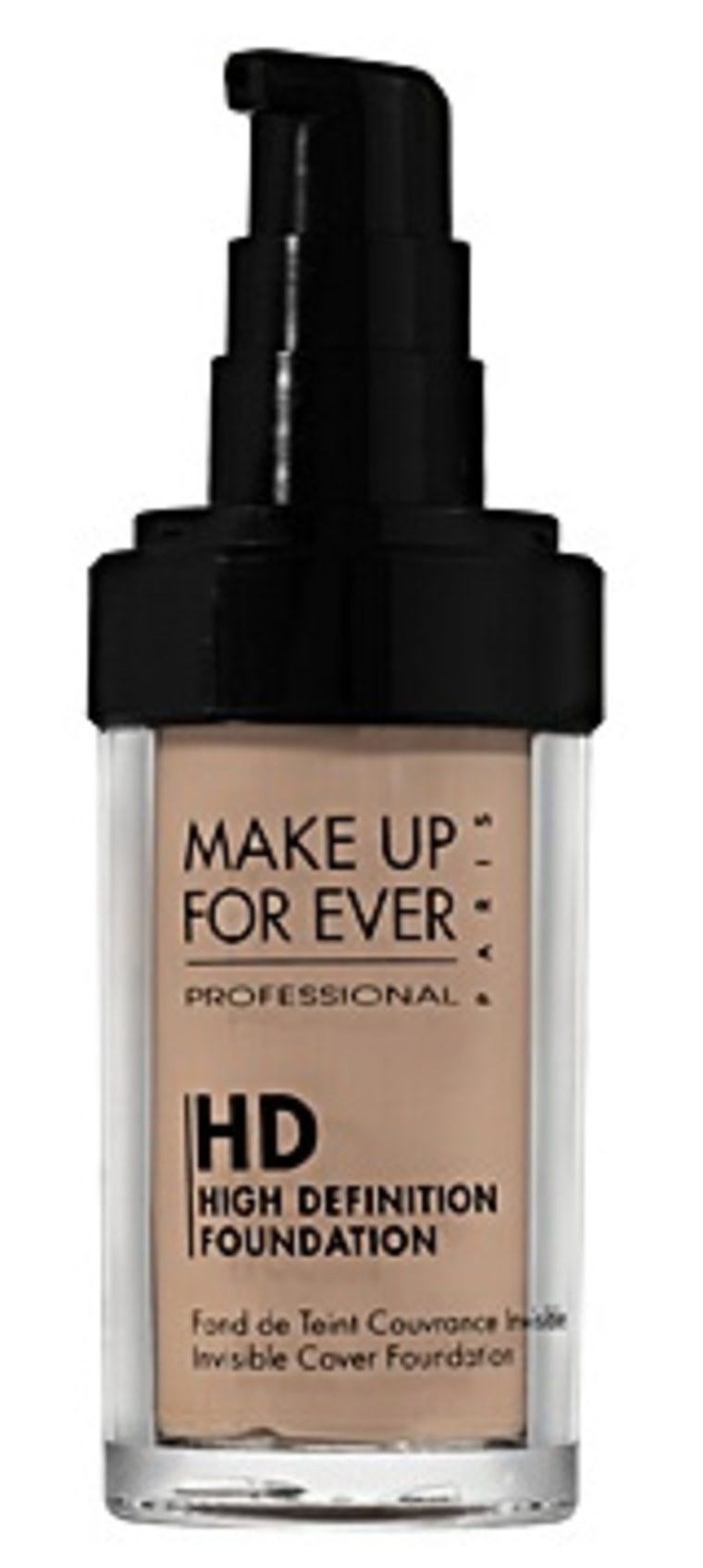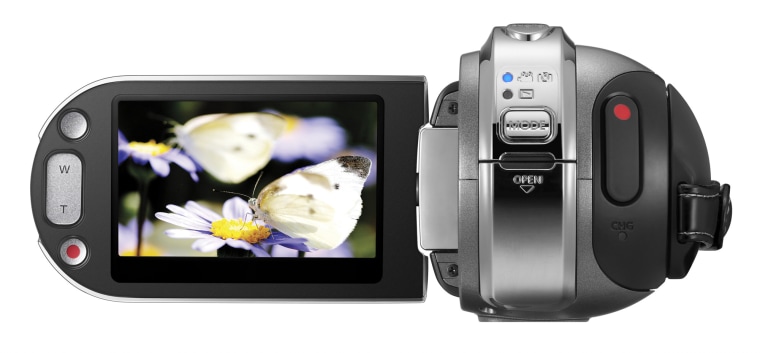There's nothing like high-definition video for its intensity and brilliance — except when it comes to seeing yourself in HD. Every pimple, pockmark and imperfection shows up, often surprising those who expected great resolution but not necessarily disillusionment with the results.
"As a former bride … I REALLY don't need an HD image of a close-up of my face making every pore apparent! ;o )," wrote one woman on a wedding videography Web site. "HD is beautiful for environment shots or flower shots … but if the main focus is on the people and the emotion, the shooting and editing style is most important, not HD or not."
Television personalities and news anchors are familiar with the piercing reality of HD, with more and more networks ramping up HD broadcasts in the last three to four years.
HDTV prices have fallen in recent years, making the sets more affordable and 47 percent of U.S. consumers say they have now a high-definition set, compared to 35 percent in May 2008, according to Harris Interactive. High-def camcorders represented about 20 percent of industry units at the end of 2008, according to Darryl Cole, product manager for Samsung camcorders. By the end of this year, nearly a third of camcorders on the market will be HD, he said.
"If you're going to be recorded in HD, prepare for it the same way you'd prepare for going out in front of a company to make a presentation," said Cole. "You want to present yourself to the camera the same way because the HD camcorder captures you the same way a human being's eyes would."
Terry Sullivan, Consumer Reports associate editor for digital cameras and imaging, said the person behind the lens should first think about the "quality of light that's taking place" and strive for natural light whenever possible for shooting HD.
"Obviously, in some settings, it's the event that matters, so you can't control the lighting," he said. "But if you can, or if you're choosing to take video at a certain time of day, the classic lighting situation many photographers look for is early morning or late afternoon/early evening light. That's because the light is warmer and has a softer quality and will make you look better."
HD video shot in direct sunlight, around noon, almost "rakes the face, and creates very harsh shadows on the eyes," he said.
Roel Robles, a veteran television photojournalist and a principal photographer for A&E's "Cold Case Files," agrees.
"Overhead lighting is brutal," he said. "If you're shooting outdoors ... direct overhead sunlight is the worst. Try to shoot people in the shade against fairly neutral to darker backgrounds" and avoid backgrounds that are totally "white or bright — like the ocean."
"If you want your HD video to look really good, use natural light to your advantage," he said. "If Grandma's party is in a room with a window, the soft light coming through it creates nice, soft shadows across faces. Try to avoid blasting people with light because it just looks harsh. ... You'll notice how nice people look in a picture shot with something as simple as a table lamp throwing just enough light across their faces."
Avoid the 'pancake' look
In terms of makeup, avoid the pancake approach, said Cathy Clark, a longtime San Diego TV anchorwoman and reporter.

"Less is more when it comes to makeup for HD," she said. "You need to use a very light hand, and preferably apply whatever foundation (you use) with a brush. The pros are using airbrushes, which is ideal. But in real life, a good makeup brush will do the trick."
A makeup line called Make Up For Ever even sells a $40, 1-ounce bottle of HD Invisible Cover Foundation, which is billed by its makers as creating "a soft-focus effect, designed to meet the coverage concerns of those in the spotlight. It creates a complexion that looks flawless, even in bright or harsh lighting."
Clark said most foundations used for HD shooting "are much lighter versions of the types of stage makeups we all used for a thousand years. Very heavy pancakes and stick makeups, and some of the mattes that are out there these days simply look like they've been applied with a putty knife when viewed through an HD lens."
She also advises women to "avoid bright eye shadows, blushes and lip colors. Go light on the eyeliner, too, especially for older women. Too much makeup and you'll look like you've already been embalmed."
HD offerings grow
High-definition is being offered on a wide range of camcorders, including those at the lower end of the price range. The popular and pocketable Flip camcorder has two models in its lineup that shoot HD, the Flip UltraHD ($200) and the Flip MinoHD ($230).
More traditional HD camcorders cost from $400 to $1,500, said Sullivan of Consumer Reports. Standard definition models cost less, "anywhere from $200 to $650 or $700," he said.
If you don't have a high-definition television set, though, you may want to hold off on going the HD route. "You won't see the difference (in the resolution) if you don't have an HDTV," he pointed out.
An increasing number of point-and-shoot cameras, which have long offered the ability to shoot video, are also offering HD video, Sullivan said. And for the first time, digital single-lens reflex cameras "are now including video features, and it's high-definition video features at that."
But, he notes, in HD quality tests done by the magazine, "neither point-and-shoots or SLRs have the same quality as the video that you'd get with even the lowest-end, or lowest-rated HD camcorder."
If HD is too daunting for some of the events and people you want to shoot, most camcorders — both HD and standard — have settings that let you capture video using a "soft" setting "to make the image quality a little less detailed," Sullivan said.
"Often these features are a little bit buried in the menu system," he said. "It might not be an actual control. You might have to dive down in the camcorder's menu, but it does exist there."
